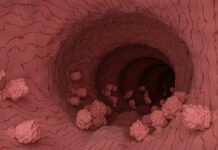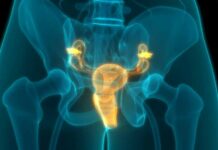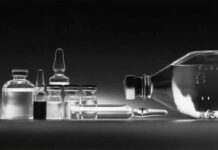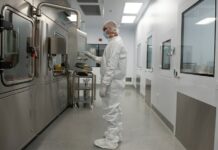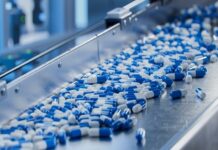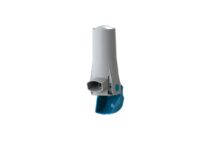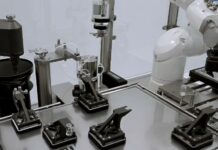Polycarbonate plastic, which is produced through the use of the well-studied, building-block chemistry known as Bisphenol A, or BPA, plays an important role in the field of healthcare and medical devices, particularly in hospitals, neonatal units, and surgical facilities. This is due to the fact that polycarbonate plastic possesses a unique combination of characteristics, including high durability, transparency, resistance to heat, and ease of sterilization, among other characteristics.
In a wide variety of medical applications, polycarbonate is the material that excels beyond all others. It is especially challenging to find an alternative material for applications that are designed to save lives and improve safety. Surgical instruments, equipment housings, and patient-care devices and tools are all examples of the kind of things that polycarbonate plays an essential part in ensuring the safety of patients and personnel, preventing the spread of infection, and improving the overall effectiveness of a variety of medical operations.
For the purpose of protecting the vital function that polycarbonate plays in the sphere of medicine as well as in general industry, the authorities in charge of regulating it need to base their decisions on solid scientific evidence. Initiatives that are based on inadequate evaluations of the weight of the evidence, such as the recent opinion issued by the European Food Safety Authority (EFSA), might pose a danger to health and safety by possibly restricting the use of materials that have been well researched and are used in applications that aid in saving lives. Regulations need to have a solid and solid scientific base in order to safeguard the health and safety of the general public and to maintain the trust of the general public. In point of fact, governments and scientific organizations all over the world have conducted exhaustive analyses of the weight of scientific data concerning BPA and have determined that it is safe to use, including in materials that come into contact with food.
These possible health impacts were carefully investigated as part of the CLARITY Core investigation, which was a guideline-compliant investigation on the toxicity of BPA that was carried out by the FDA over the course of two years. Additionally, the CLARITY Core Study was subjected to a stringent peer review by a team of experts from the National Toxicology Program (NTP). This was done to guarantee that the findings and conclusions were presented in a manner that was both comprehensive and understandable. Furthermore, the bottom-line finding of the CLARITY Core Study was endorsed by the peer review panel, which said that BPA has a low potential to produce adverse health consequences, including cancer.
Therefore, it is essential to recognize the significance of polycarbonate to the operations of our health care facilities and the people that work inside them. Because of its exceptional durability and strength, polycarbonate is often used in medical settings. This is one of the key reasons for its popularity. Devices and equipment used in the medical field need to be able to survive severe daily usage, regular cleaning, and sterilizing processes without compromising their structural integrity. Due to the inherent toughness and impact resistance of polycarbonate, gadgets are able to maintain their integrity and functionality for long periods of time. This significantly reduces the likelihood that the devices would shatter or malfunction during crucial medical operations.
A further essential quality that contributes to the usability of polycarbonate in healthcare settings is the material’s ability to maintain its optical clarity. The use of transparent materials is necessary for a wide variety of medical devices and equipment components, including incubators, infusion pumps, and protective eyewear. This is because transparent materials provide clear vision and monitoring of patients or internal systems. The great transparency of polycarbonate makes it possible for medical practitioners to correctly see and evaluate situations, which expedites the process of providing prompt treatments and care to patients.
As an additional point of interest, it is of the utmost importance in healthcare settings to keep the environment sterile in order to avoid the transmission of sickness and infections and to ensure the safety of patients. The remarkable compatibility of polycarbonate with a variety of sterilization techniques, including autoclaving, gamma radiation, and ethylene oxide (EtO) gas sterilization, is among its most notable characteristics. Because of its resistance to these processes, it is an excellent material for the production of reusable medical devices and equipment that must undergo several cycles of sterilization.
In addition, polycarbonate is intrinsically biocompatible, which means that it is well accepted by the human body and does not cause any undesirable reactions or responses from the tissues despite being there. As a result of this feature, it is suited for applications such as surgical tools, implants, and equipment used in invasive procedures, where patient safety and compatibility are of the utmost importance.
Additionally, it is important to remember that in the healthcare business, it is very necessary to comply with high regulatory requirements in order to safeguard the safety of patients and the effectiveness of products. Polycarbonate materials that are used in medical devices are subject to regulation by the Food and Drug Administration of the United States. These materials are required to undergo extensive testing in order to meet stringent quality assurance criteria and regulatory requirements. These tests include biocompatibility testing, validation of sterilization requirements, and material compatibility evaluations. These criteria are adhered to by manufacturers in order to get regulatory clearance and certification, which demonstrates the dependability and safety of medical goods that are based on polycarbonate.
The polycarbonate industry continues to be at the forefront of innovation, enabling the development of medical solutions that are safe, dependable, and sustainable for the benefit of patients and healthcare professionals all over the globe. This is because technology improvements and the expectations placed on healthcare continue to grow.




